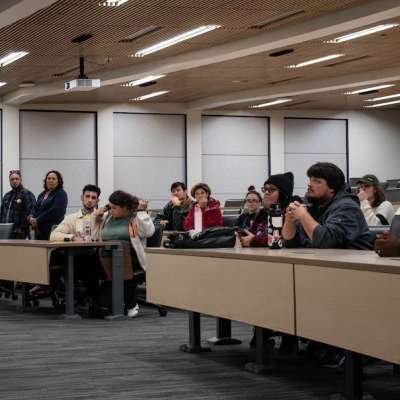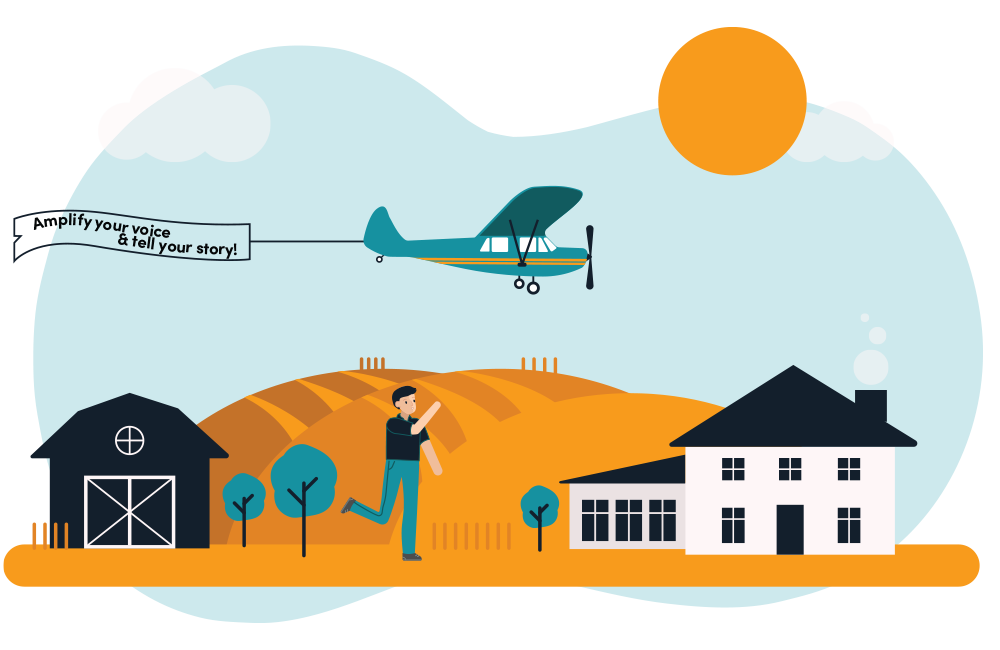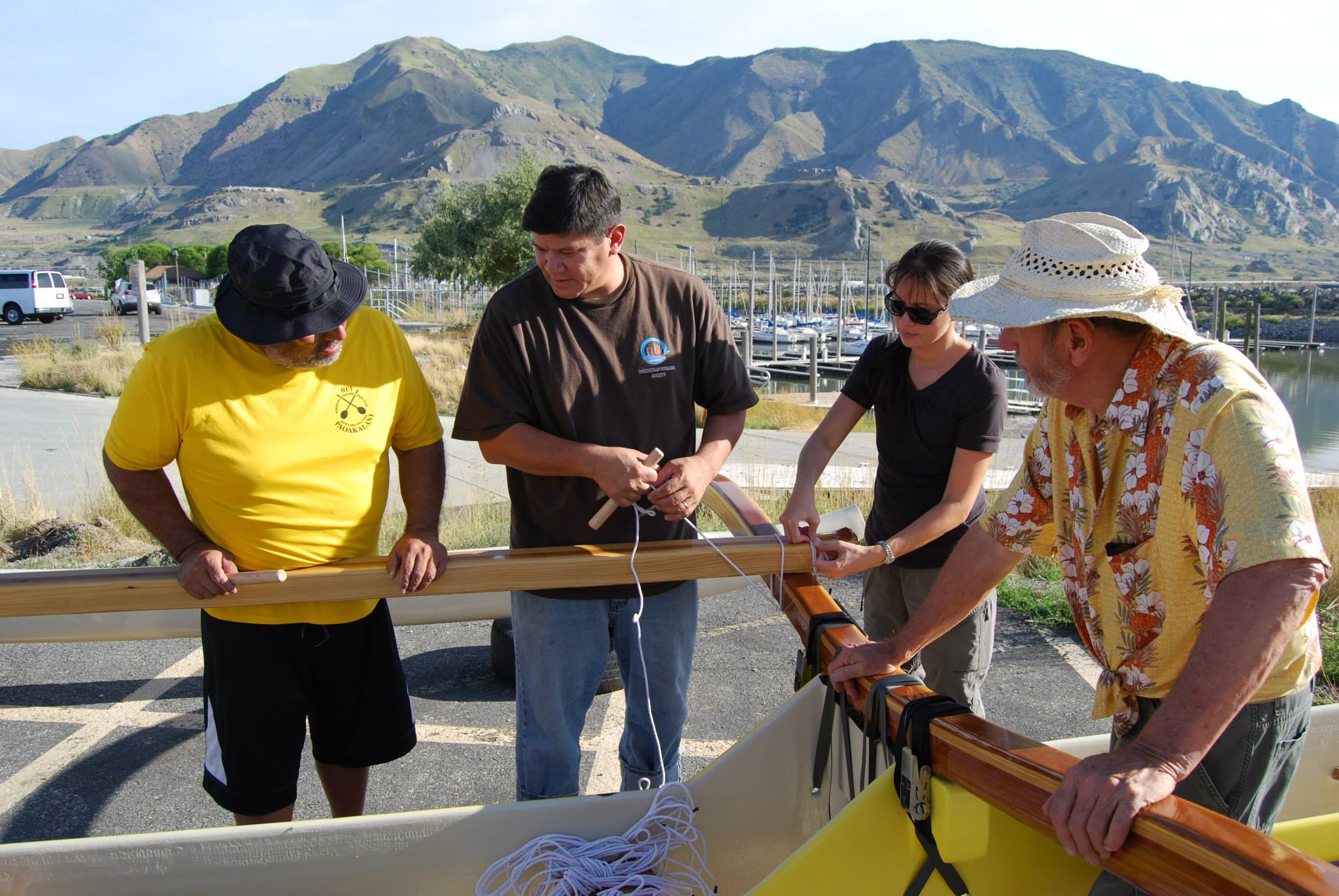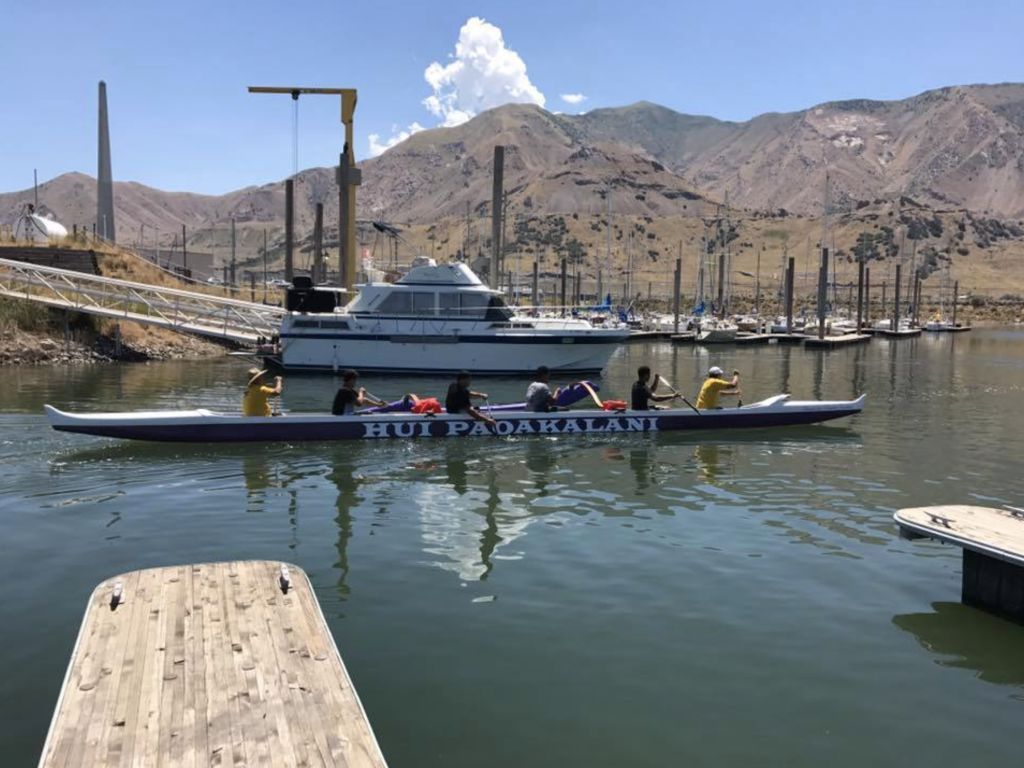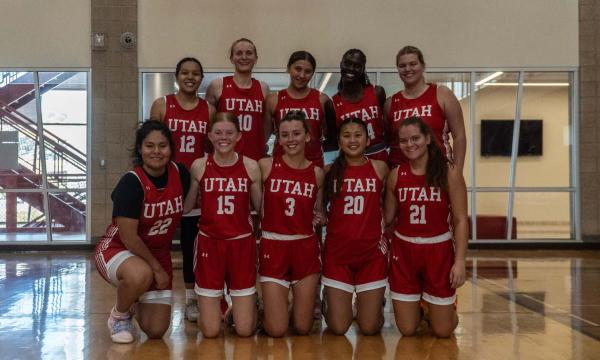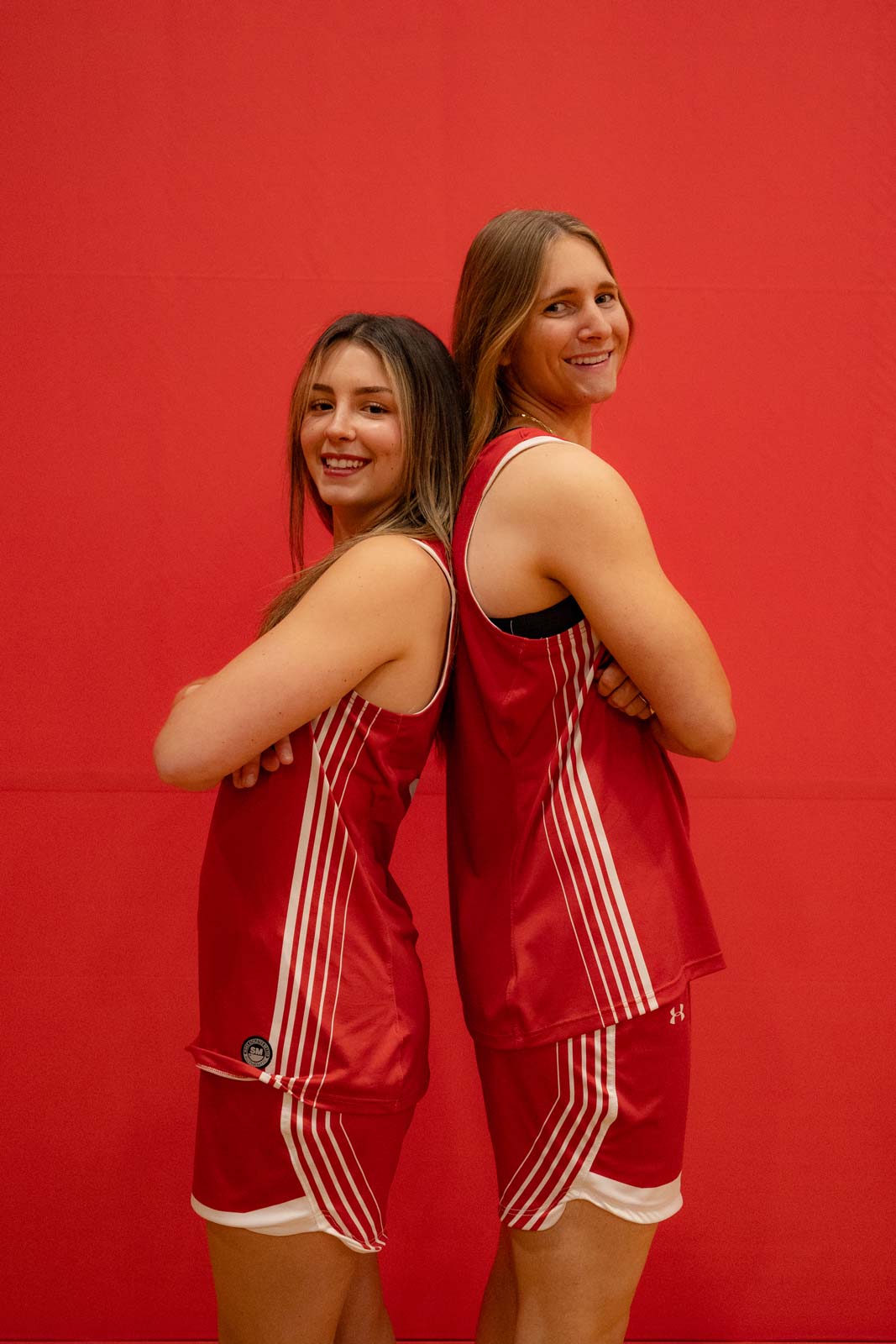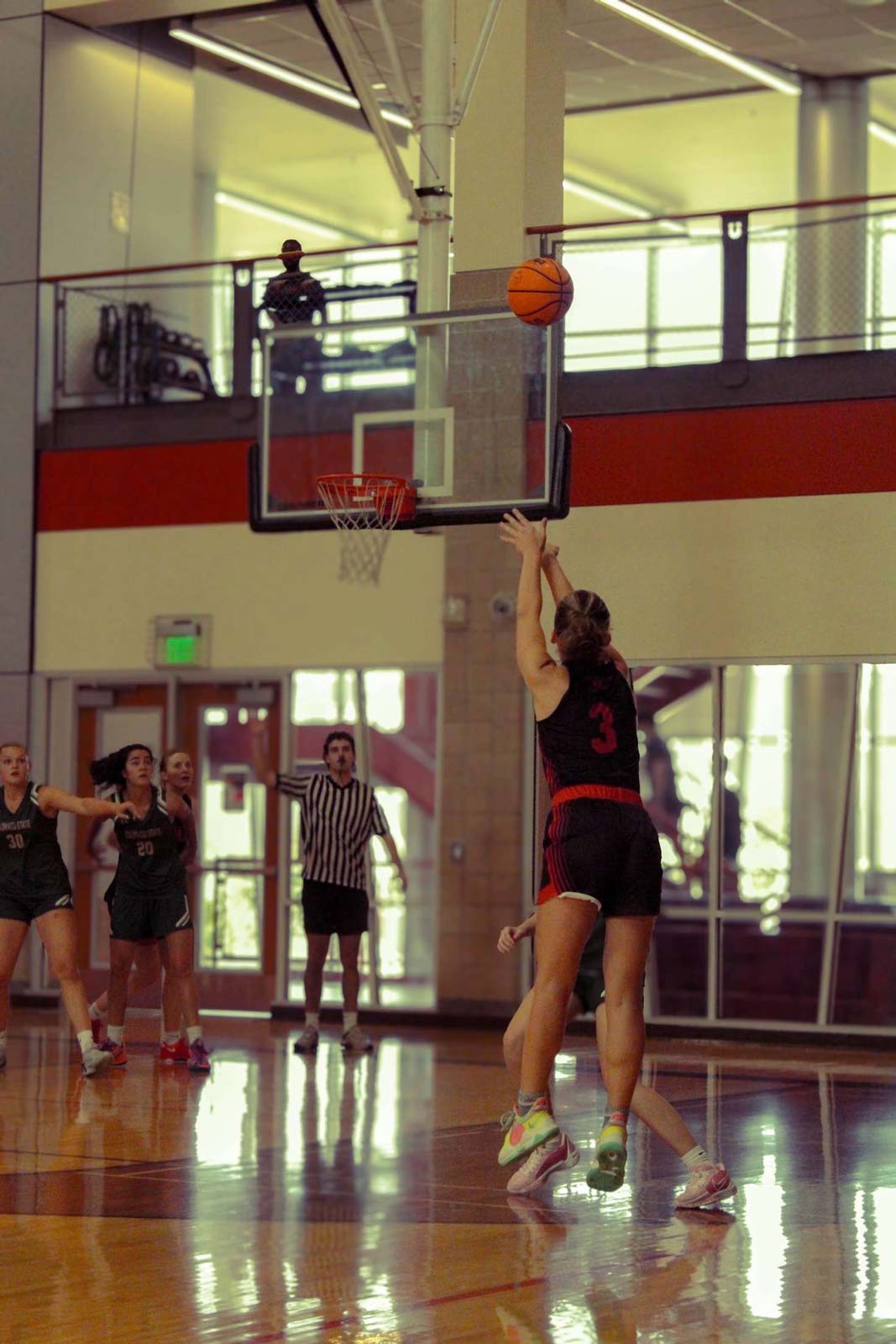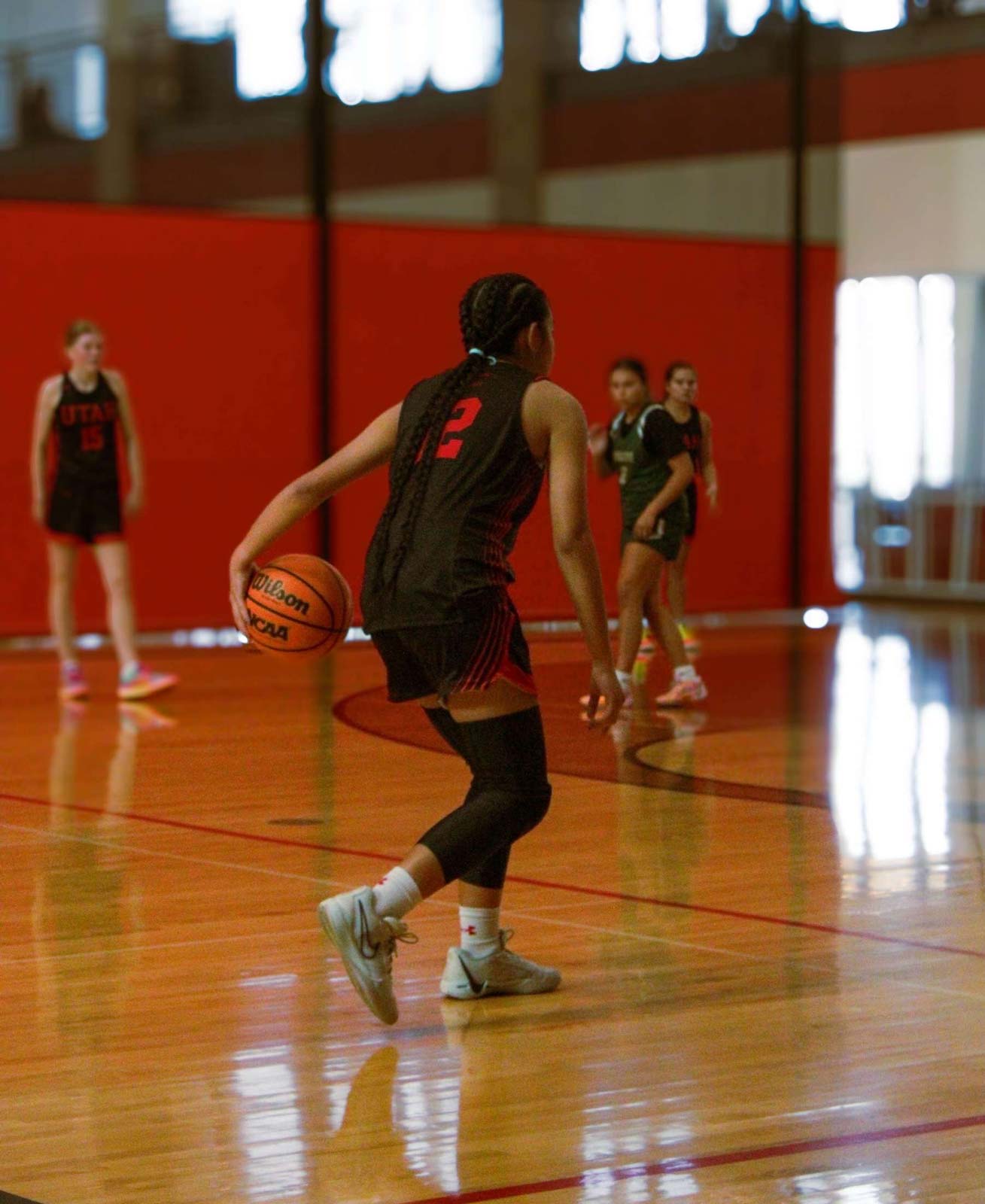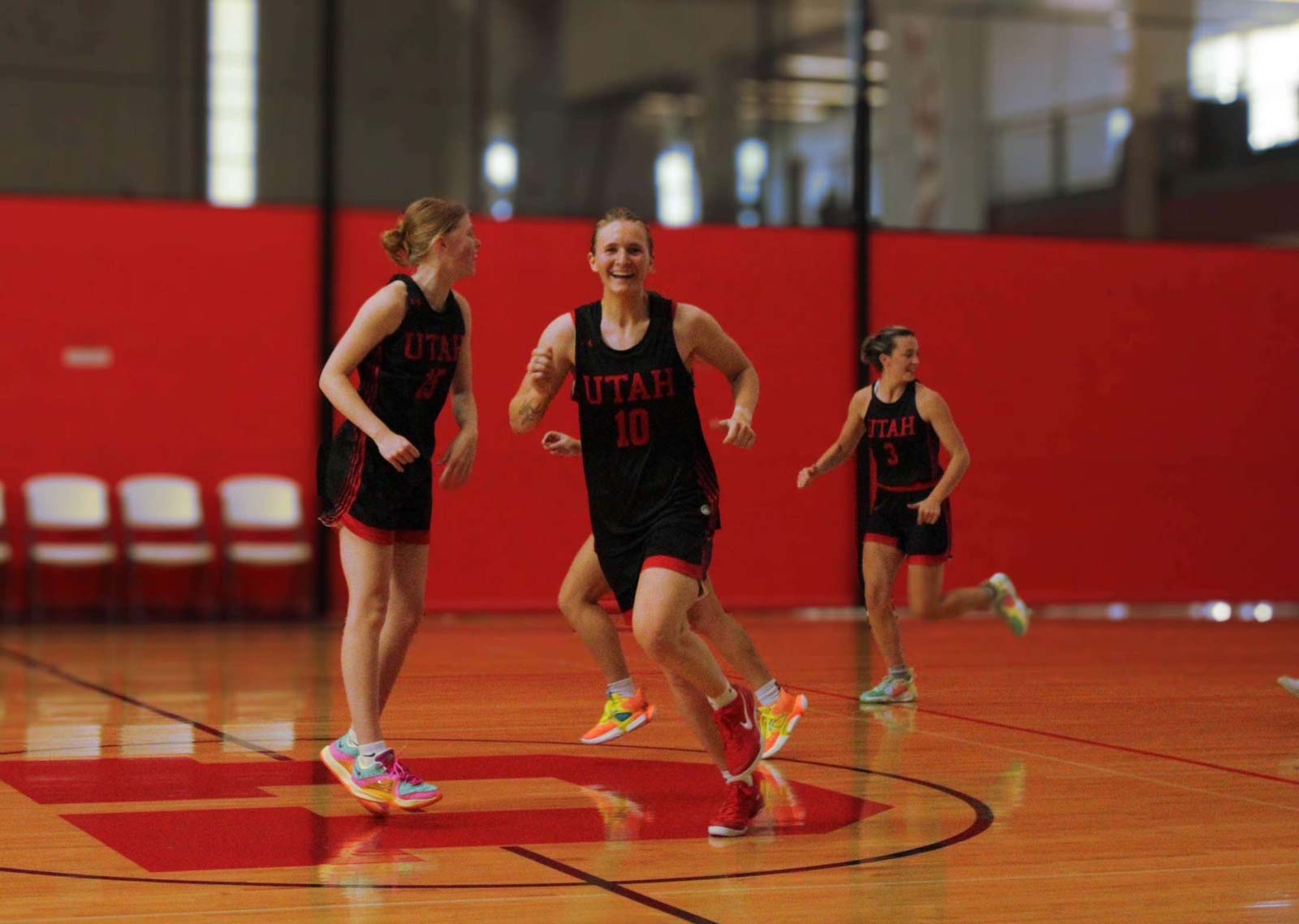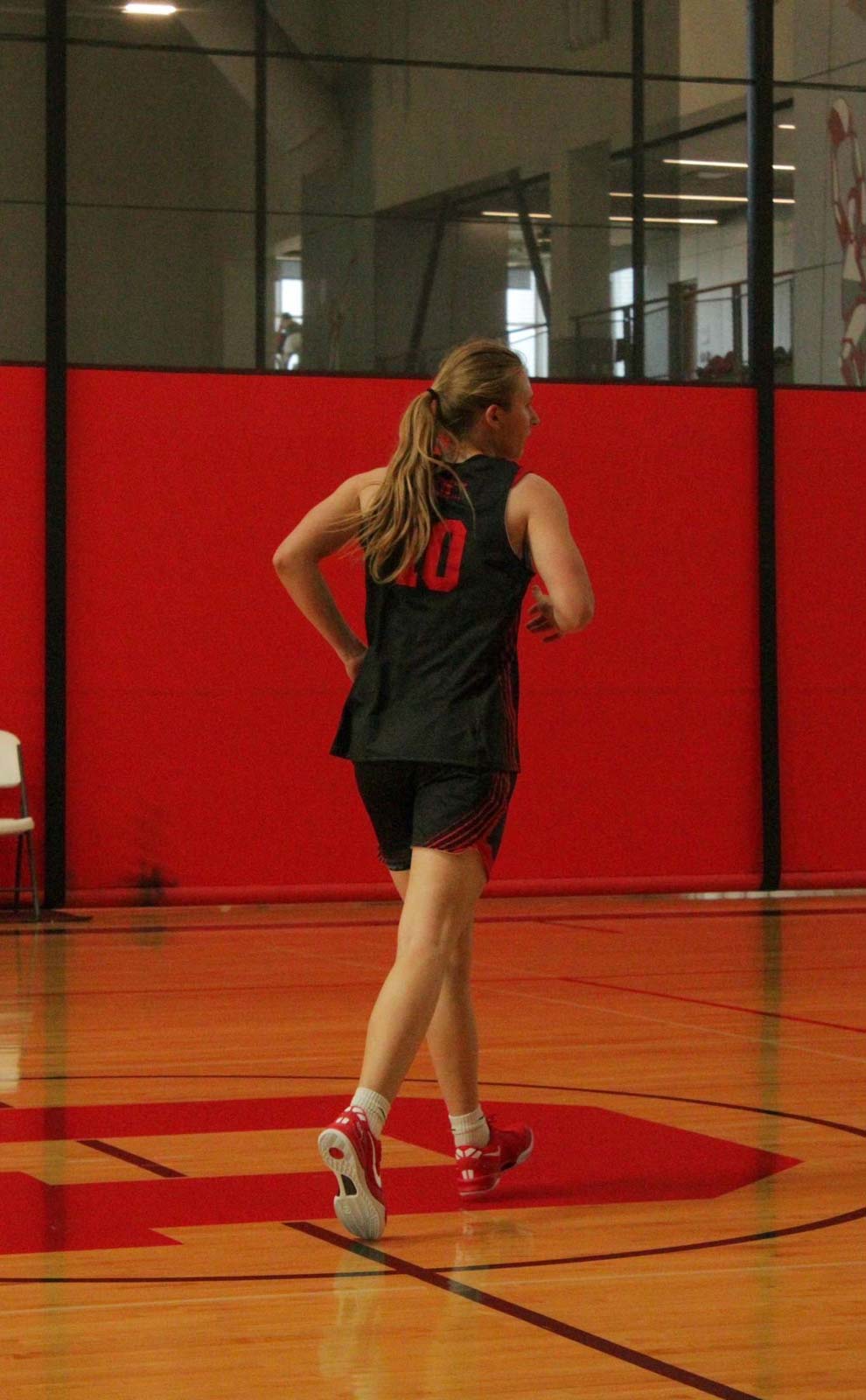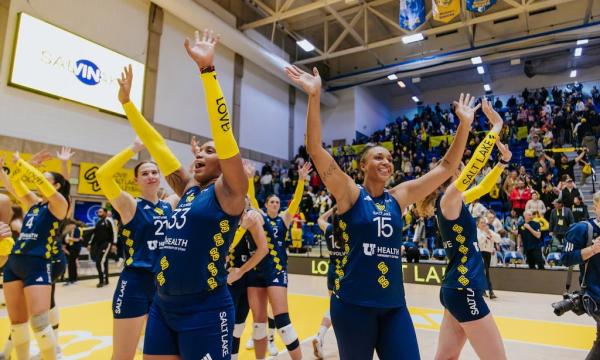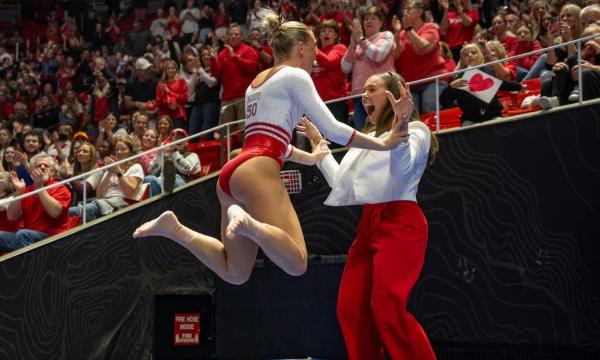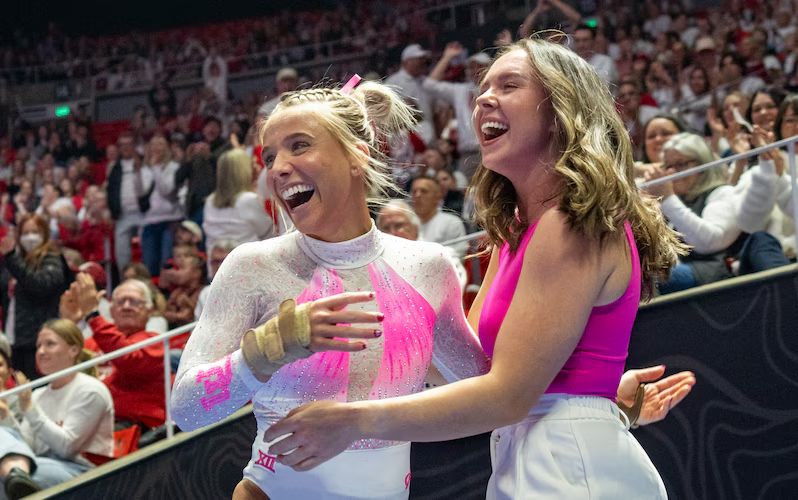This story is jointly published by nonprofits Amplify Utah and The Salt Lake Tribune to elevate diverse perspectives in local media through student journalism
The crowd is loud, about 3,000 people packed into Bruin Arena at Salt Lake Community College on a Saturday night — erupting in screams and cheers after each set, getting up to dance when pop music starts blaring during timeouts and team huddles.
The reason for all the excitement is the final game of the inaugural season of LOVB Pro, the nation’s newest professional volleyball league.
Olympic gold and silver medalists Jordyn Poulter and Haleigh Washington playfully taunt the opposing team from their side of the net. Fans giggle and point at the interaction while shaking handmade posters. Friendship bracelets pass from hand to hand among young fans.
This is more than a volleyball game. It feels like a family reunion.
The league LOVB Pro, pronounced “Love Pro,” hosted its first matches this January, with six teams based in Atlanta; Austin, Texas; Houston; Madison, Wisconsin; Omaha, Nebraska; and Salt Lake City. Four months later, games like the season-closer in Utah are indicative of success, said Poulter, a co-founding athlete of the team.
But success was never guaranteed.
When the 11 founding athletes envisioned the league in 2020, they knew it would be a risk, Poulter said. To make their athlete-forward league come to life, they would have to leave behind better-paying European gigs to build the organization from the ground up.
“When I was on that first call, I was like, ‘I'm not signing onto something four years in the future, that's just too much time,’” she said. “There's so much unknown and variability in between. I remember thinking, ‘Wow, if this comes to fruition, this is the dream.’”
At this point in their careers, Poulter and Washington had been away from home for years. Both Colorado natives were playing in what is widely considered the top women’s volleyball league in the world, Italy’s Serie A1.
After graduating from college — Poulter from the University of Illinois in 2018 and Washington from Penn State in 2017 — both athletes said they dreamed of making a career in the game they loved. They moved to Europe to play professional volleyball, because there was no league developed in the United States.
But homesickness had long since set in, and the long winter days at the base of the Italian Alps had gotten to them, they said. When the COVID-19 pandemic hit, everything got harder.
In the early months of the pandemic, Poulter and Washington joined nine other athletes on a Zoom call, one of the first steps in creating a new professional women’s volleyball league in the United States. They were asked to be the league’s founding athletes, building on their previous experience and successes to help develop the organization.
“To turn around and help build something like this, something that gives more people a chance to dream that big, it means everything,” said Washington.
Poulter said there were many reasons a new league was needed, but one of the main motives was helping players like her and Washington have more opportunities to stay close to home and be psychologically healthy.
“If we can keep American talent on American soil,” Poulter said, “mental health tends to be better.”
Washington recalls instances of mistreatment while playing overseas. Players were forced to play with injuries or vacation and sick days were taken away, she said. This action towards the players, combined with the long distance from home, led to depression, she said.“The depression is real. You're not a person over there. which is something that we're hoping to harp on in this league here… You're something that they paid for. You're a product, you're their commodity,” Washington said.
The league’s rapid growth
In comparison to other professional sports leagues, LOVB Pro is in its humble beginnings. However, with over 19,000 followers on Instagram and teams often playing to sold-out crowds, the league's popularity is growing. But, it may also be a sport-wide trend.
In 2004, about 1,750 junior clubs were registered with USA Volleyball, according to the organization. Now, there are nearly 4,000.
The growth of youth teams coincides with a growing audience for women’s college volleyball, which broke a world record for the most attended women’s sports event. On Aug. 30, 2023, the University of Nebraska’s Cornhuskers filled Memorial Stadium in Lincoln with more than 92,000 fans to watch that school’s women’s volleyball team defeat the Omaha Mavericks.
“There’s a really big swell happening right now in the sport,” Washington said. “People care. People are ready for this. It’s just about giving them something to care about consistently.”
Several professional volleyball leagues, some co-ed and others expressly for women, have come and gone in the United States over the past few decades. LOVB pro is resolved to change that, Washington said..
If LOVB fails, Washington said, she and the other athletes will be the faces of that failure.
“It’s my face and my name, as well as the other founding athletes’ faces and names, that are going to get recognized the most,” Washington said. “So, when it flops and fails, nobody’s going to be mad at the COO or the CEO or the CFO, because they barely know who those people are.”
That’s a particular risky in a league that, unlike most other professional sports organizations, was founded not just by investors but by athletes themselves.
In Atlanta, it’sOlympic gold medalists Fabiana Claudino and Kelsey Robinson-Cook. In Houston, it’sgold medalists Micha Hancock and Jordan Thompson. In Madison, silver medalist Lauren Carlini joined. In Omaha, four-time Olympian Jordan Larson and two-time Olympian Justine Wong-Orantes are the team’s famous names. In Austin, it’sbronze medalist Carli Lloyd. And, in Salt Lake City, it’sPoulter and Washington.
The league, Washington said, “wanted to pick the kind of founding athletes that were good people, had good hearts, were good characters, and I think that’s a majority of the USA team. We have a lot of great girls.”
The role of a founding athlete can be demanding and time-consuming, Poulter said. On top of regular practice times, founding athletes commit to media roles such as advertising, interviews, branding and partnerships.
Poulter said all of those are paying off.
“I pinch myself every day,” Poulter said. “I hope that this decision we all made to play in League One will be the next shoulders for future generations to stand on.”
Keeping talent In America
Volleyball was invented in the United States in the late 1800s, but European audiences have taken a particular liking to the game. The competition, market and wages in European countries draw in athletes after their collegiate careers end. Getting whisked away to Europe to play professional volleyball alongside and against some of the world’s best players might sound ideal, Washington said. But that’s not always the case.
“In America, we have this vision [that] you’re in Italy, so it’s pasta and Vespas and coffee and Italian men,” Washington said. “Is not that. It’s 10 long months of being in a gym and traveling and having to work really hard.”
But with limited options for playing professional volleyball in the United States, many of the best athletes, like Washington and Poulter, would leave the country in search of better paychecks and higher competition.
“We all played overseas, and the amount of money we could make there is better,” Poulter said. “Being so far from home, you're living this alternate life. The overseas schedule is so much longer …The injuries a lot of us sustained were probably due to playing 15 weeks straight. It was too much for too long.”
Katlyn Gao, a Harvard Business School graduate and the league’s chief executive, said League One has the potential to change these dynamics.
“We have 400 girls that have to go abroad if they want to continue in the world of volleyball,” Gao told NPR in 2021. “And many of them don't really want to. They want to be closer to home, closer to the communities that they have been brought up in.”
The future of LOVB Pro
When the idea of LOVB began, five years ago, there were no other women’s professional volleyball leagues in the United States. Today, there are three: LOVB Pro; the Pro Volleyball Federation, which was set to finish its second season on May 9; and Athletes Unlimited, a short-season league that plays all of its games during five weeks each fall in Omaha Nebraska, with live broadcasts on ESPN and Bally Sports.
The combined leagues have drawn $160 million in investments. LOVB additionally runs scores of junior clubs across the country and a training center in Wisconsin. League One has also orchestrated branding deals with Revolve, BSN Sports, and Spanx, and plans to expand by two teams by 2027.
Alissa Iverson, LOVB Salt Lake City’s marketing and communications manager, said there’s still a lot of work to do.
“We truly are a startup league,” she said. “Some of us are a one-man team trying to make a difference across an entire state and across an entire country, but I think that we’ve done it right in terms of starting small.”
Every new professional sports organization wants to draw crowds, build stadiums and make money. The founding athletes of LOVB Pro want to reach those goals as well, but Washington said there’s more at stake.
“We’re not just building a league,” she said. “We’re trying to change the entire ecosystem of women’s volleyball in this country. And that takes time. But I want little girls growing up knowing they can dream about playing pro here, at home, and actually make it happen.”
Estella Weeks wrote this story as a journalism student at the University of Utah for a capstone course focused on women’s sports. It is published as part of a collaborative including nonprofits Amplify Utah and The Salt Lake Tribune.









